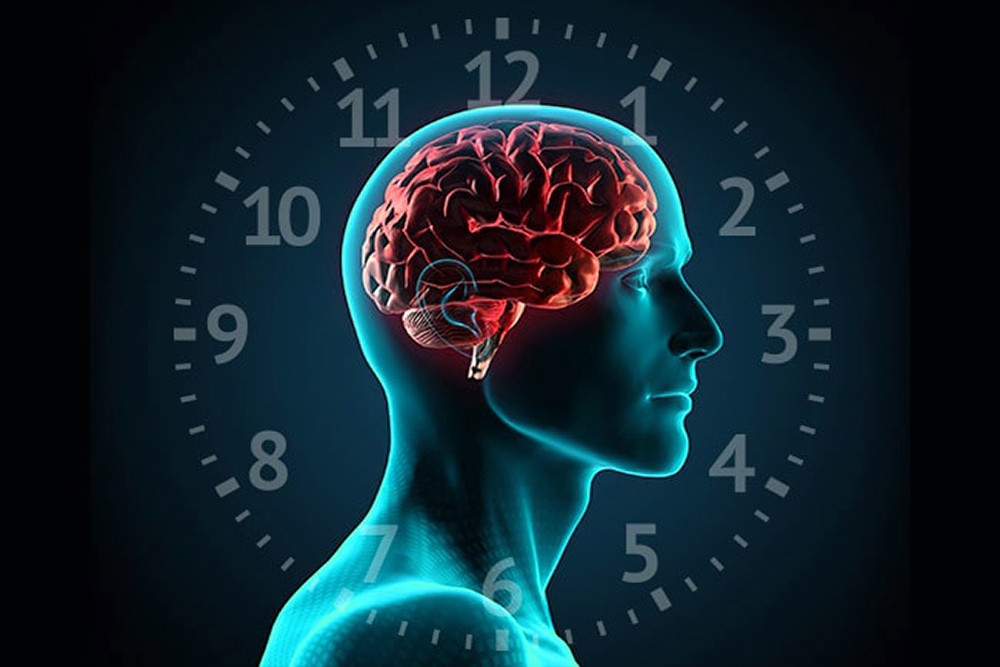
Speed all boils downs to experience. Pro drivers always keep in mind try to trim their lap time. So they have a time awareness that no amateur driver could possibly reach and no matter how much he practices. The number of drives, training and the quality of them are completely different.
But there are unique ways to develop time for amateur drivers. This training is for that.
You should stop practising flat outs, because you don’t learn much when you’re trying to drive fast. Your concentration doesn’t last, you’ll get desperate, and you’ll only put stress on the car. But you think more deep and learn more by practising car control. In fact driving fast is easy, but driving slow is hard. You can reach your limit only after you perfect such control.
So the training is this. First determine & set average lap times for your home course; both uphill and downhill (These times are not lap records or fastest lap times. They are a lot slower than that; in fact they are not record times). Then try to match these lap times set for the uphill and downhill driving. You should not surpass those set times. It’s not good to be faster or slower. Whether it’s uphill or downhill, in rain, or behind a slower car – you must aim for one fixed time (set time). Then write every time down in a book and analyse after the drive. If there is a noticeable gap between set present time and your actual time, try to figure out why, and write reports in details.
If you think it’s easy, then you’re seriously mistaken.
Theory behind this is as follows. If you drive blindly at full throttle, you’ll only put stress on the car, and your skills won’t improve. Drive at the limit over and over, and your times will eventually even out. It’s more difficult to get a set time while holding back, because your times can easily be faster or slow. Just flooring the gas won’t work. You must learn the technique of controlling the throttle precisely. And moreover, in rain, you have to be creative in setting the pace for the constantly changing friction coefficient of the surface. It’s difficult to cope with the situation when you get stuck behind a slow car. Suppose you lost 3 seconds until a overtake point; then you must recover exactly 3 seconds. And you have to do that with the internal clock in your mind, instead of relying with a watch. That’s the internal clock! It’s not possible to do this right away. But you’ll be able to, depending on how you train yourself. This is the traditional way of driving practice.
This should be done in your home course (where course knowledge matters). Just one two-way trip per day is okay. If you get to work daily & drive back after work on the same home course, then it’s the best practice session.
And don’t wear a watch while driving – It’s a distraction – until you develop an accurate internal clock. Instead put your chronograph/stop watch on the glove box or auxiliary box & only take it out to measure time at the end.
This training should be continuously done, because continuous training plays vital part in your improvement. A never ending passion is what brilliance about. Whether it’s heavy rain or in bad conditions, you shouldn’t skip your driving training. Those bad conditions are mutually beneficial to one another; to you and your driving. Your sense of relationship with them is what makes you improve.
In order to fulfil this, many factors should contribute to your driving. This can’t be done without techniques & skills like; tire management, course knowledge, patience, prediction, anticipation, observation, accelerator handling, etc. Also doing this will help you improve those techniques & skills. Furthermore you’ll discover many unique new things which are important for your future growth.
No matter how many techniques you acquire once you think “this is good enough”, it becomes hard to maintain that state. Unless you work hard, always aiming upwards, you’ll never be able to advance to a higher level. That’s what it means to master the road.
Your training is finished when your time is dead accurate to the present time. Even when you face obstacles that might disrupt your pace, you match the time in the end. Then only you developed an accurate internal clock. When only you can drive your home course within an error margin of less than 4-5 seconds; you are ready for that course.
This is one of an extremely difficult training method that can be given to a driver on public road.

Thank you.
